Razer's Blade gaming laptops have lost their edge
The metaphor might write itself, but the competition has gotten so fierce Razer can no longer ignore it.
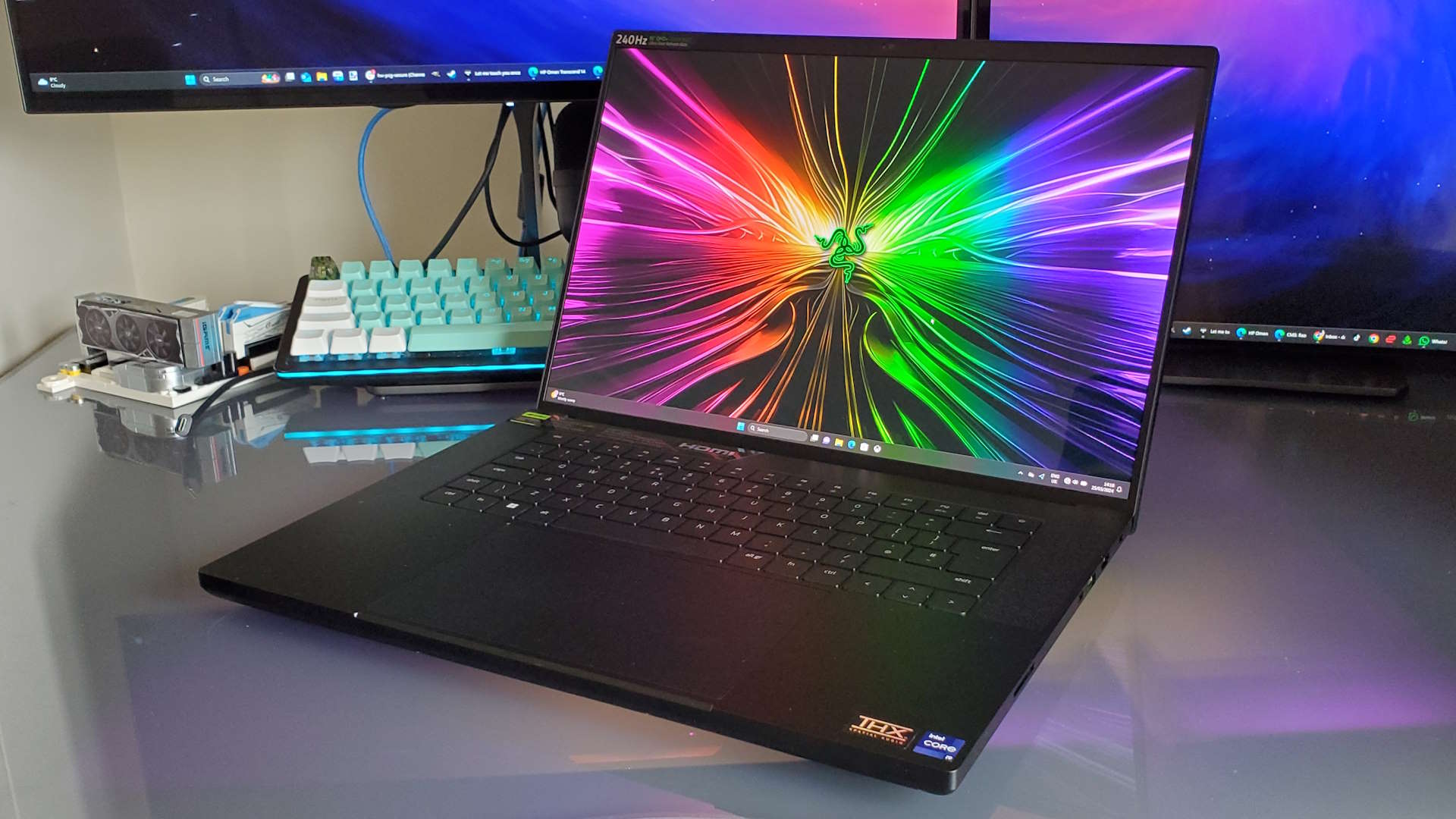

This month I have been mostly... messing around with mobile machines. From gaming handhelds to laptops, I've had my mitts on some fun machines recently. And some frustrating ones, too. The Ayaneo Kun was almost the best gaming handheld, but slightly missed the mark, and the HP Transcend 14 has turned my head for affordable laptops.
I've been a Razer Blade laptop guy for a long time. There's something about that matte black gaming MacBook aesthetic I really dig, and I've been consistently recommending them as the money-no-object premium gaming laptop de jour. But that I can do no longer; their keen edge having been dulled by an expanded waistline, a stagnation of style, and the fact other manufacturers have caught up and even surpassed the classic design.
Razer made a name for itself first making gaming mice, and introduced its first gaming laptops back in 2011, refining them over the years to their pinnacle in 2018 and haven't looked back since. Or forward, really, because the design has barely changed since it launched that iconic, pared back look which became the Blade's recent hallmark.
But when they've been so damned good-looking I've been quite happy not to have Razer radically redesigning its machines just because. The clean lines, the lack of any obtuse gamer affectations, and the slender nature of the Blade laptops has made them easily the most desirable gaming notebooks around.
Where some of Razer's more over-the-top designs have turned people off, the Blade's restrained look feels almost antithetical to what its standard design aesthetic has been in the past.
The one design concession it has made in the most recent generation of Razer Blade laptops, however, has not been for the better, at least not in terms of the aesthetic experience at least: They've gotten fatter with the Nvidia Ada generation of graphics hardware.
Both the newer Blade 16 and the formerly svelte Blade 14 have had an increase in their girth and, while I'm not one for body shaming, having neither the physique nor the inclination, it's instantly noticeable. When both were still the top of the tree in their respective laptop sizes it was disappointing, but without stiff competition not a real problem.
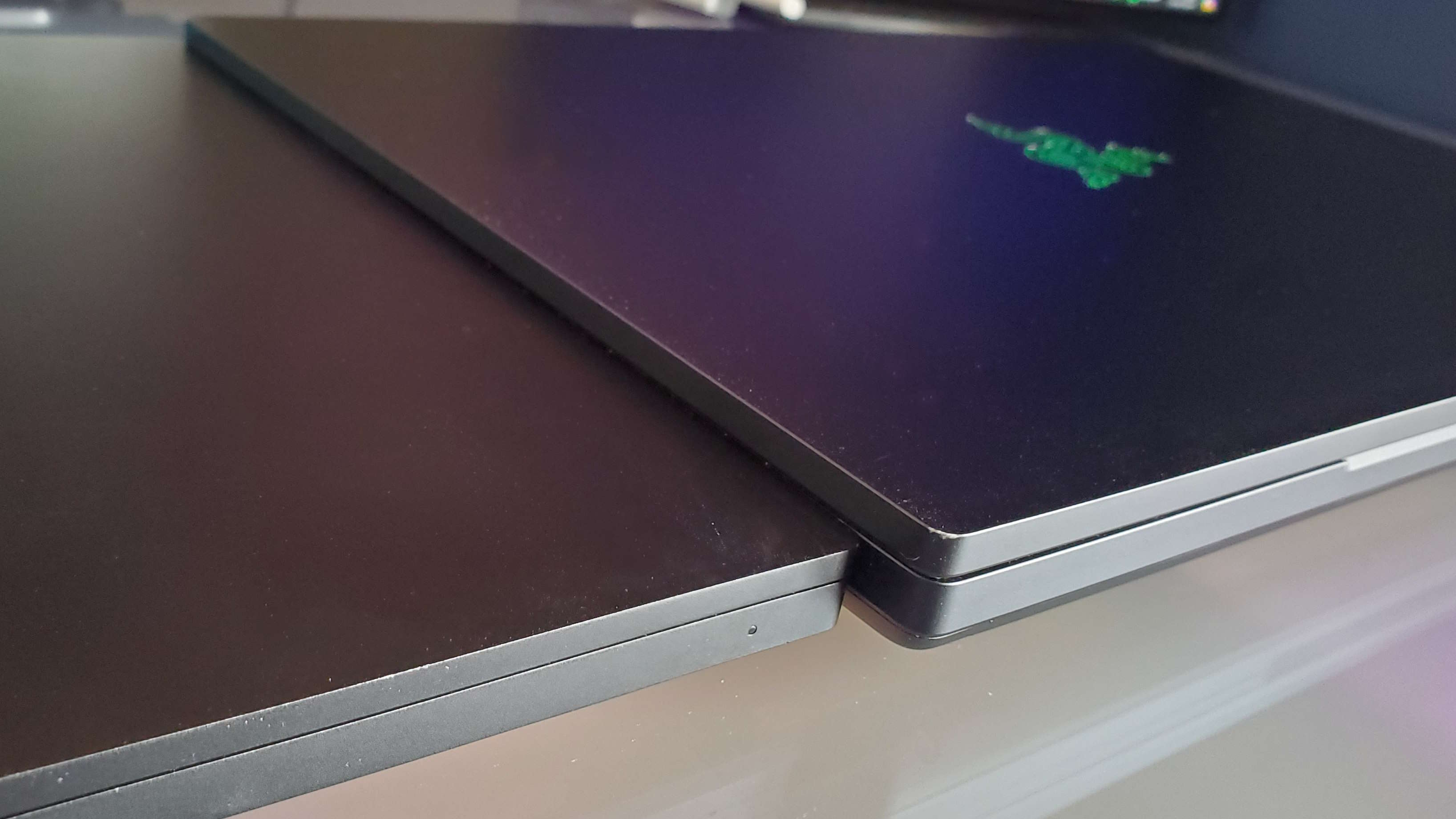
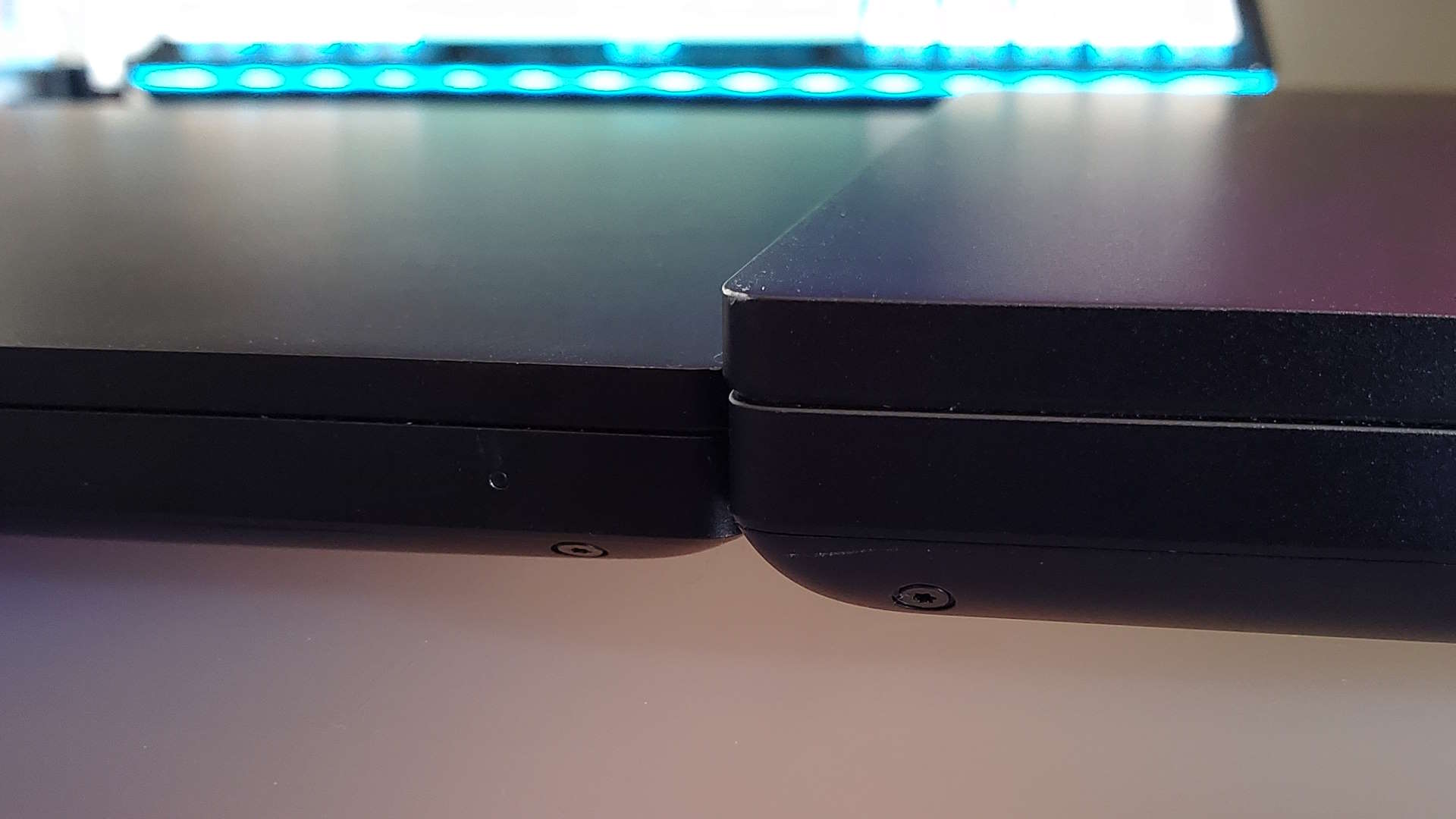
Now the competition is more fierce than ever, especially in the 14-inch gaming laptop market—and that's the only place I'd realistically want to spend money on a new notebook today. Gigabyte might have been the first to revive the 14-inch gaming laptop in recent times with its gorgeous Aero 14 design, but Asus' ROG Zephyrus G14 has been the Blade 14's most intense rival of late.
The biggest gaming news, reviews and hardware deals
Keep up to date with the most important stories and the best deals, as picked by the PC Gamer team.
But it was always the cheaper option. A machine that could deliver the same level of performance, but didn't have the look or the solid premium chassis of its Razer competition. That's not the case anymore, because the Zephyrus G14 redesign in this generation has been stunning. It's truly a premium machine now—in price as well as aesthetic—and where the Blade 14 has been standing still, arguably even going backwards, the new Asus design has overtaken it.
The new Asus ROG Zephyrus G14 is one of the most beautiful, most impressive gaming laptops we've had our hands on from this latest generation. True, the latest Blade 14, with its larger waistband, might well be able to post higher gaming frame rates thanks to a higher power GPU inside it, but the performance difference is rarely so great I would mind. The Razer also has a greater battery life, but that will only get you another 30mins of proper gaming away from a plug socket so not a great miss, either.
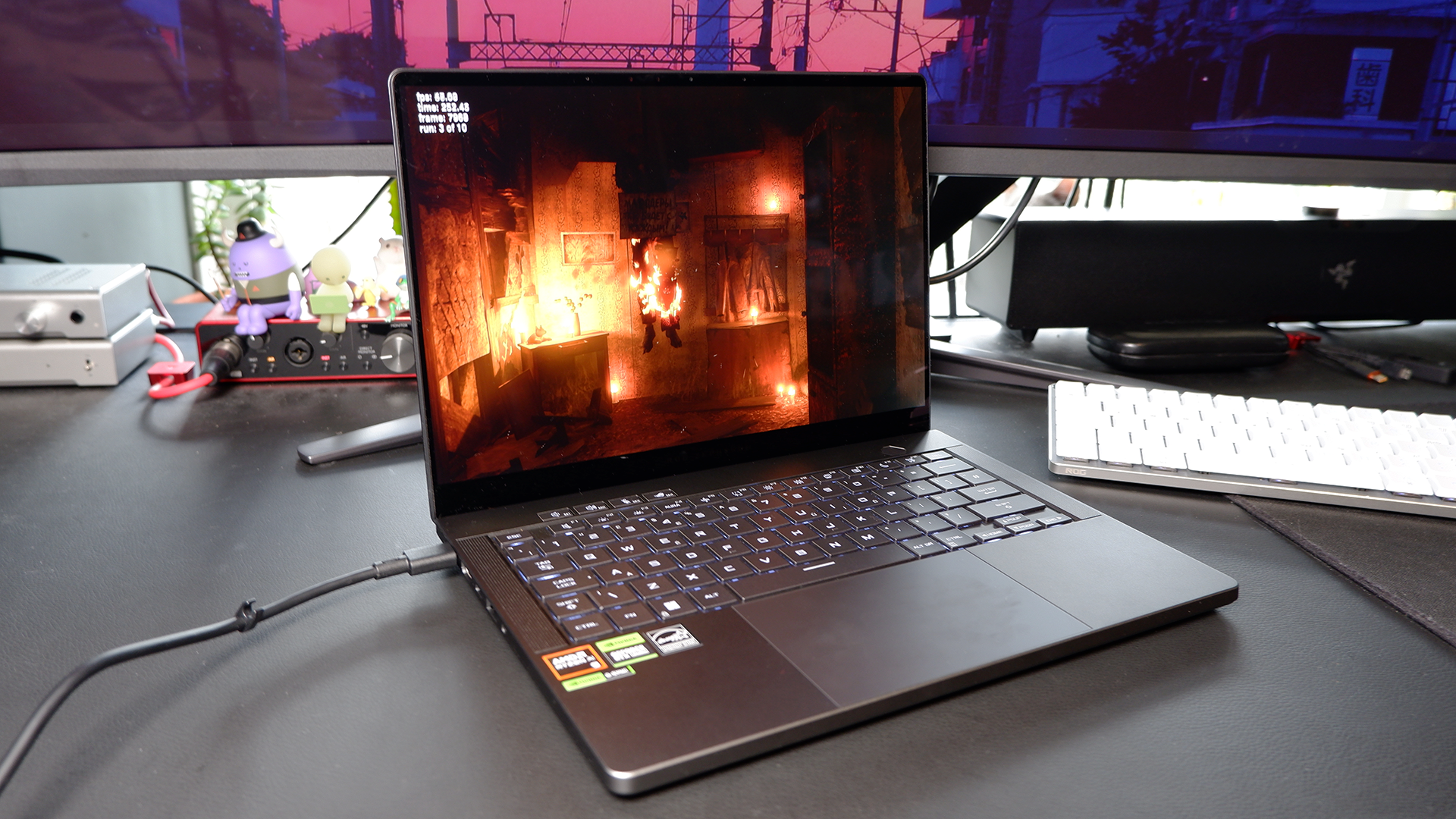
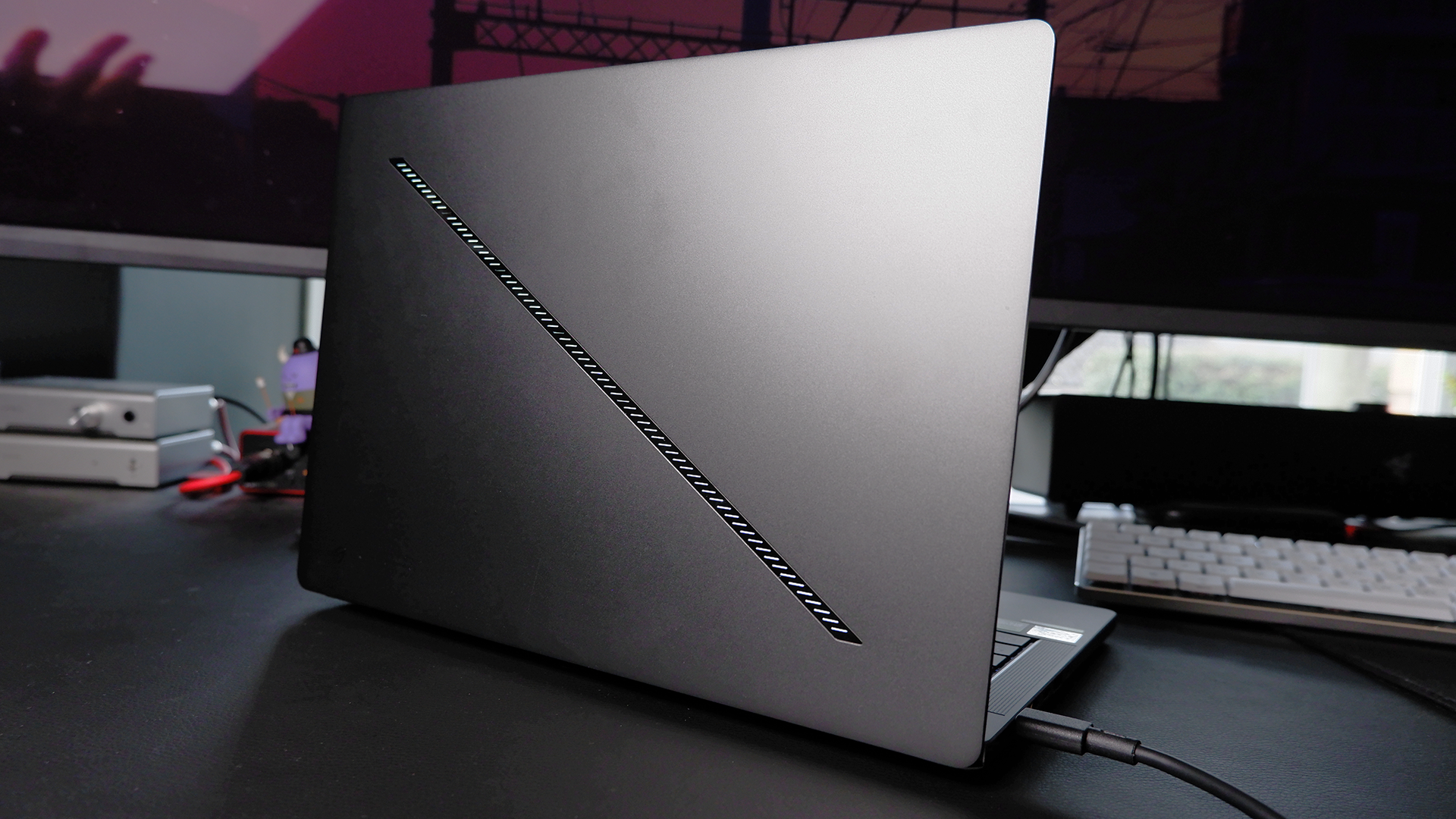
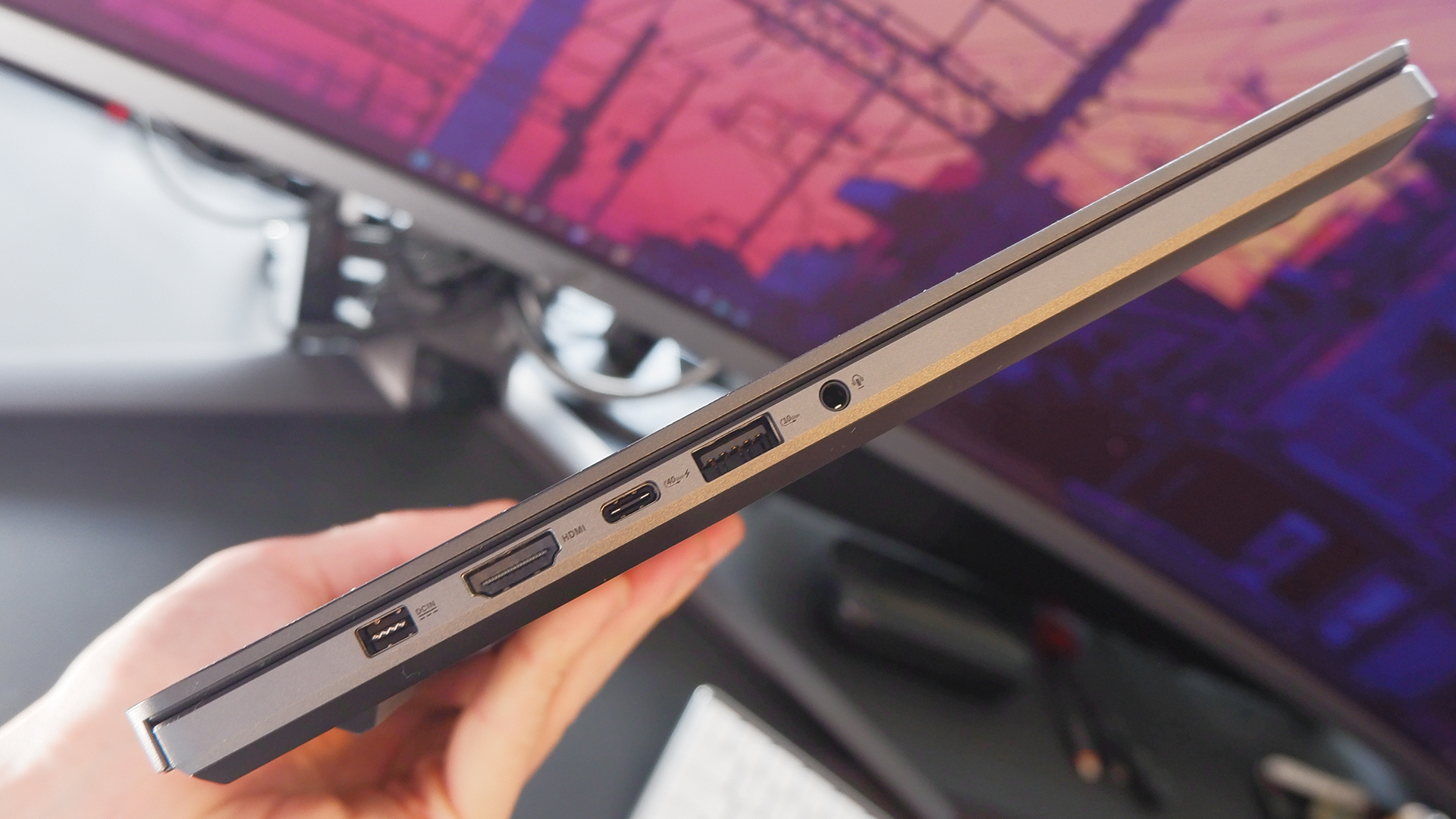
Were it just Asus' latest design that had dulled Razer's Blade then we could just chalk that up to the ROG team playing a blinder, but it's not. You can argue the Zephyrus G14's increased price takes some of the shine off it, but there is another 14-inch machine that I would have over the Blade 14 if I was operating on a tighter budget.
The HP Omen Transcend 14 is a fantastic-value gaming laptop, one that combines a great look, solid performance, and a gorgeous OLED display as standard. And all for around half the price of a comparable Blade 14 machine.
Then you've got Lenovo in the larger form factor, with its Legion Pro devices offering a really compelling price/performance mix, as well as some of the best mini-LED displays going. So, whether you're looking for a premium, money-no-object recommendation, a more balanced machine, or a great budget gaming laptop alternative, neither are going to be a Razer Blade in 2024.
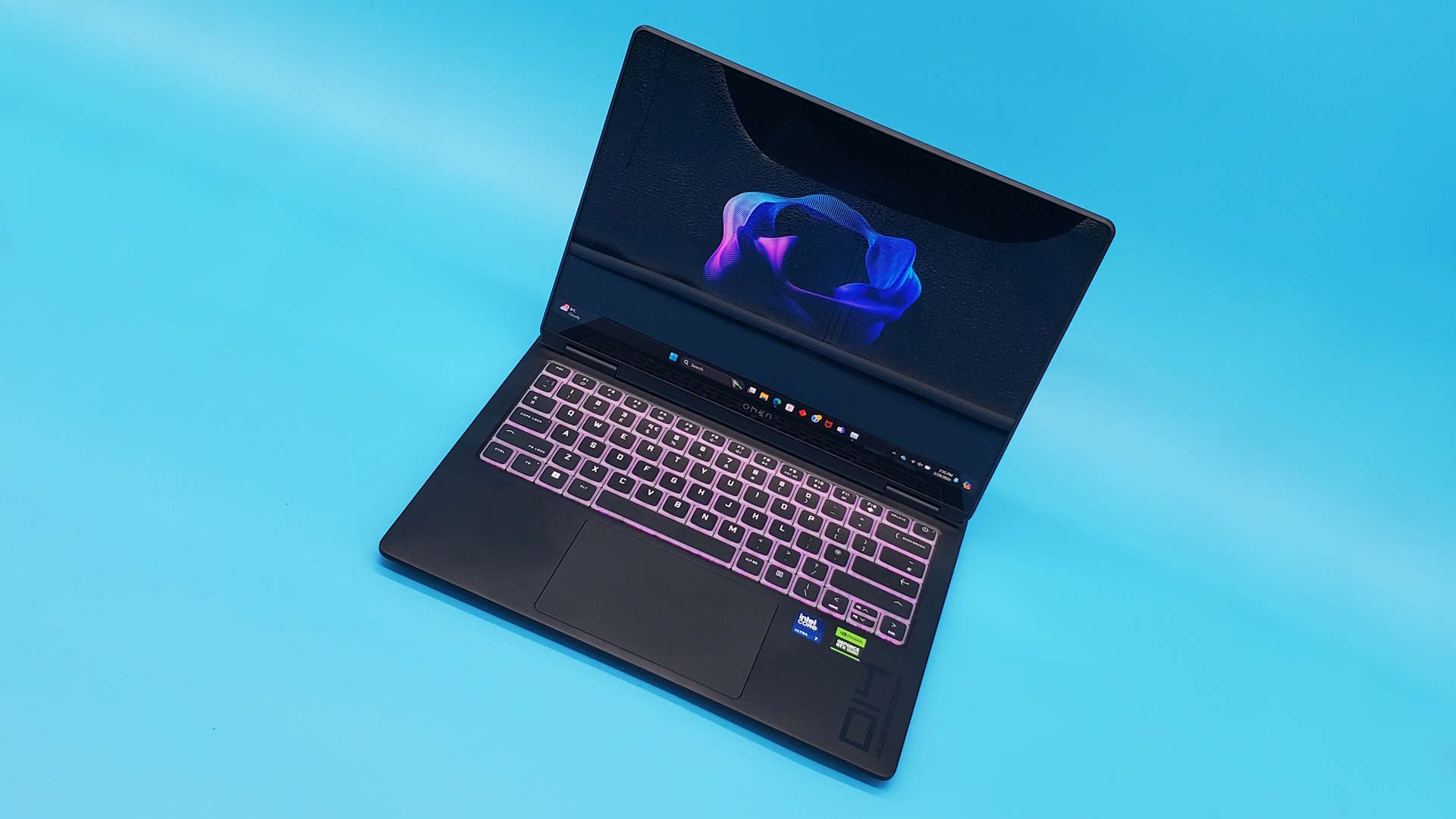
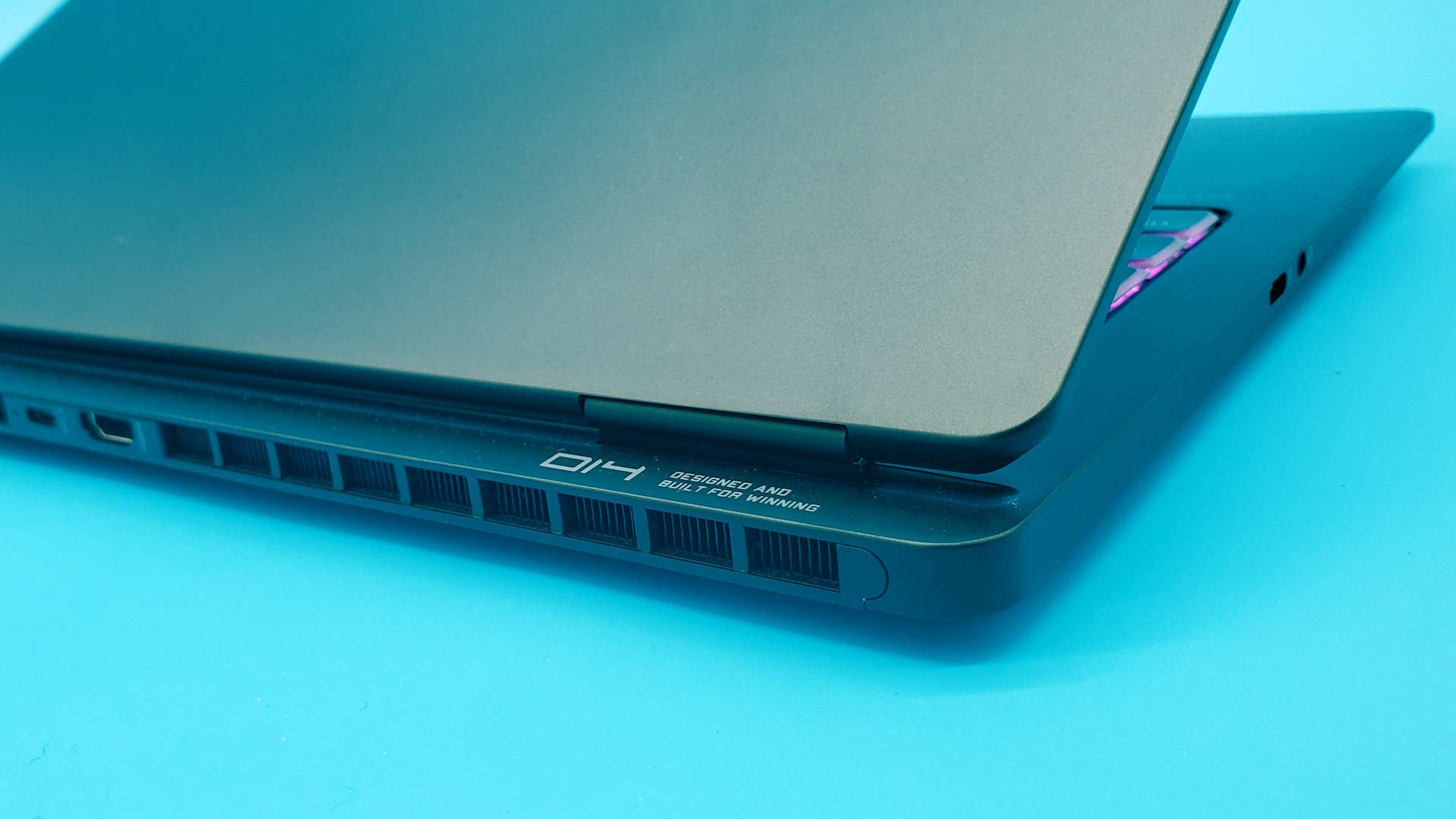
What does Razer do now, then? It's tough, because though the Blade is starting to look a little dated, a complete redesign could destroy all that made it so desirable a machine in the first place. A return to a more svelte chassis would be a good start, however. Razer may have retired the Blade 15 now, but if you put that thinner machine alongside the chonkier new Blade 16, and didn't flip open the lid, then most people would see the 15-inch laptop as the newer device.
If you do flip it open, however, you will see one of the most beautiful 240 Hz OLED displays ever slapped onto a laptop, and a seriously huge trackpad. The Blade 16 then still has a lot going for it, and it most definitely isn't a bad laptop by any means, it's just that given the competition it's making it very hard to justify the extra Razer price premium today.
I'm hoping a Blade redesign to coincide with the Arrow Lake laptop parts will make an impact at CES 2025. A more efficient CPU architecture could give Razer a chance to slim its laptops down again, and maybe we'll see some more innovations, too. Because if it doesn't do something in the next generation of gaming laptops its Blade notebooks really are going to be left behind.

Dave has been gaming since the days of Zaxxon and Lady Bug on the Colecovision, and code books for the Commodore Vic 20 (Death Race 2000!). He built his first gaming PC at the tender age of 16, and finally finished bug-fixing the Cyrix-based system around a year later. When he dropped it out of the window. He first started writing for Official PlayStation Magazine and Xbox World many decades ago, then moved onto PC Format full-time, then PC Gamer, TechRadar, and T3 among others. Now he's back, writing about the nightmarish graphics card market, CPUs with more cores than sense, gaming laptops hotter than the sun, and SSDs more capacious than a Cybertruck.

